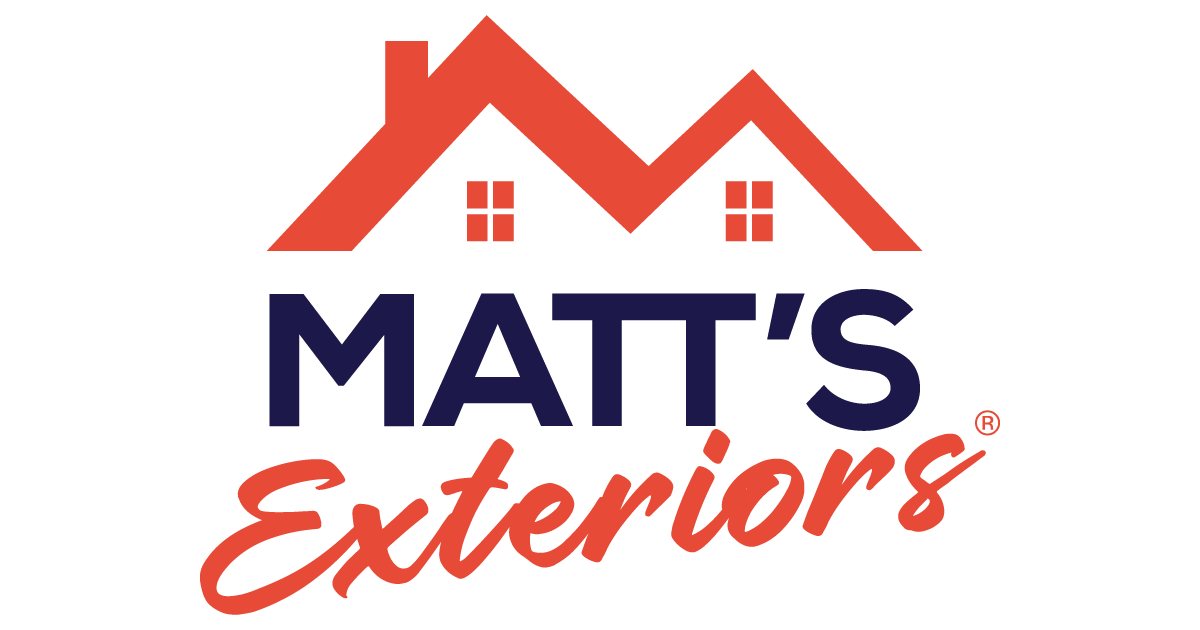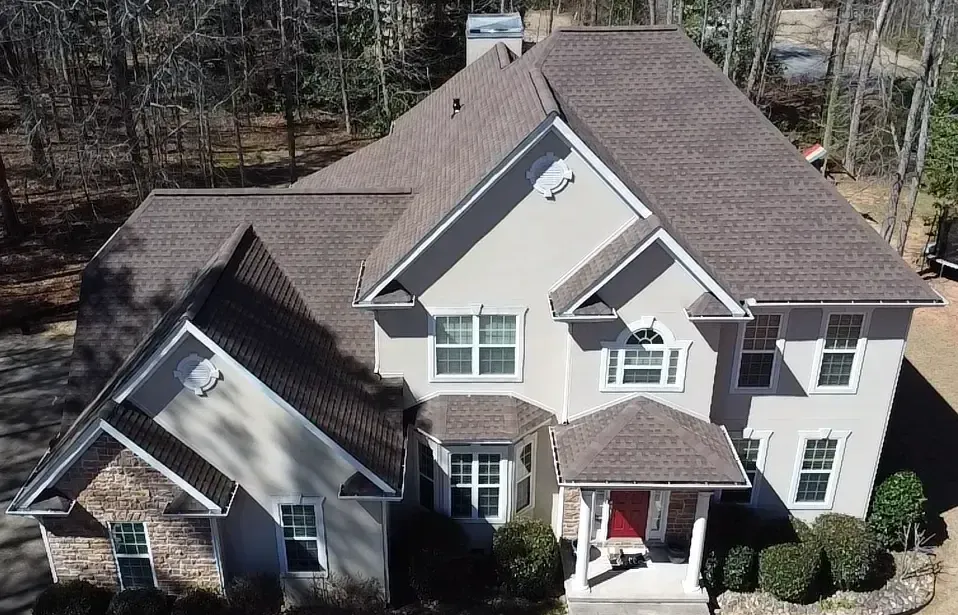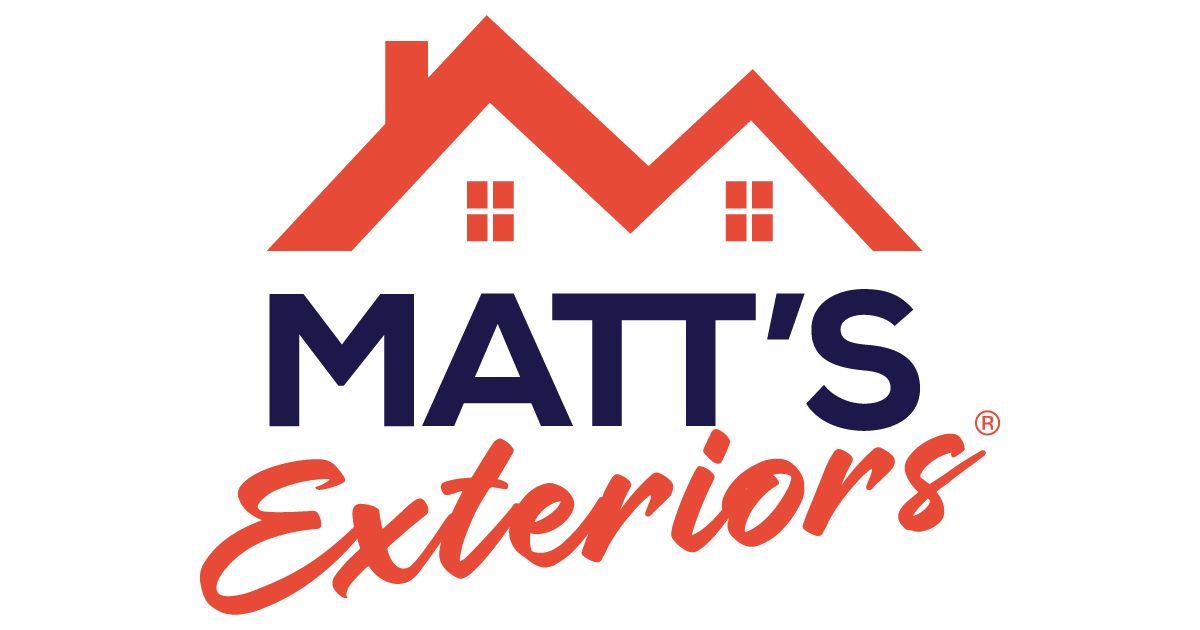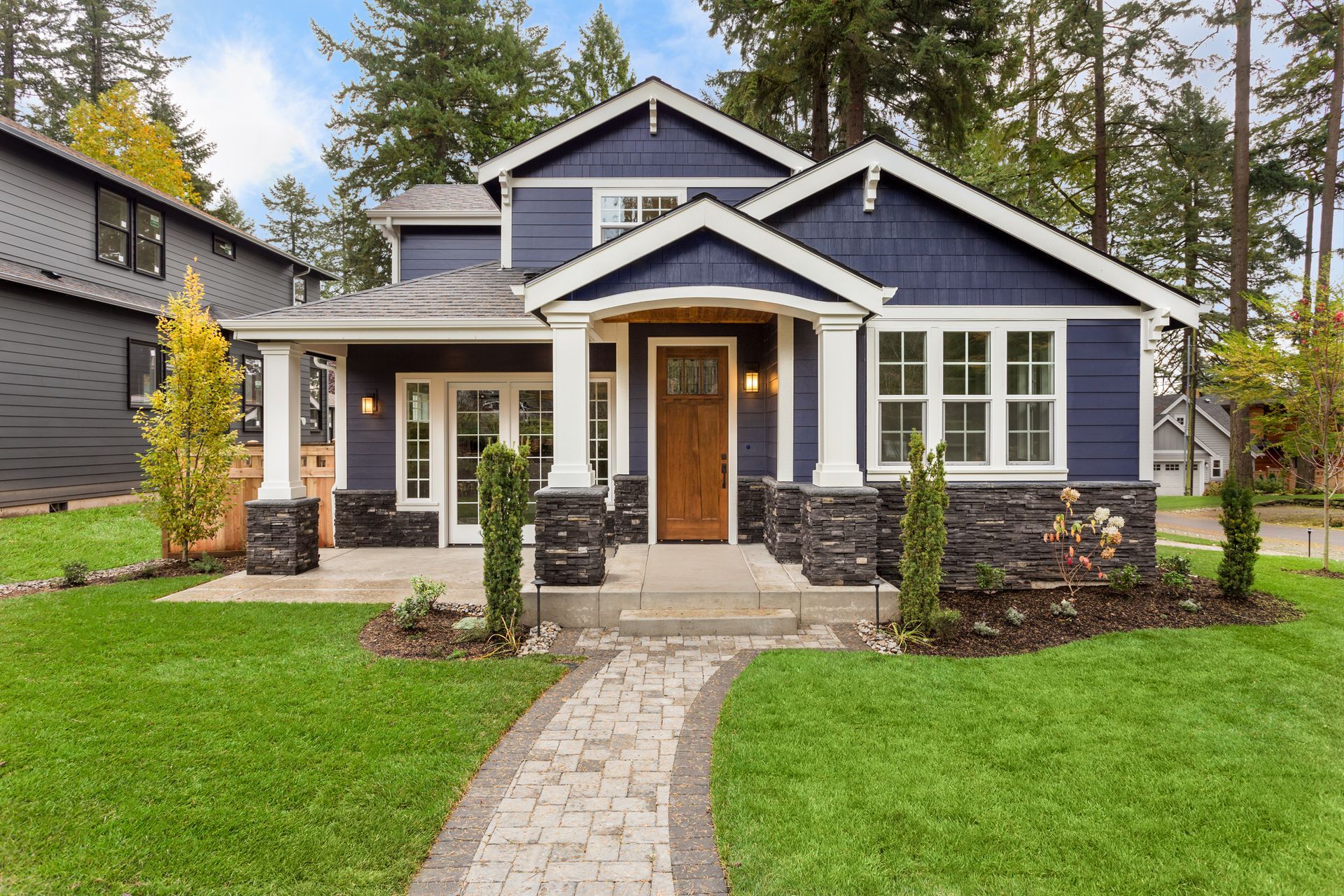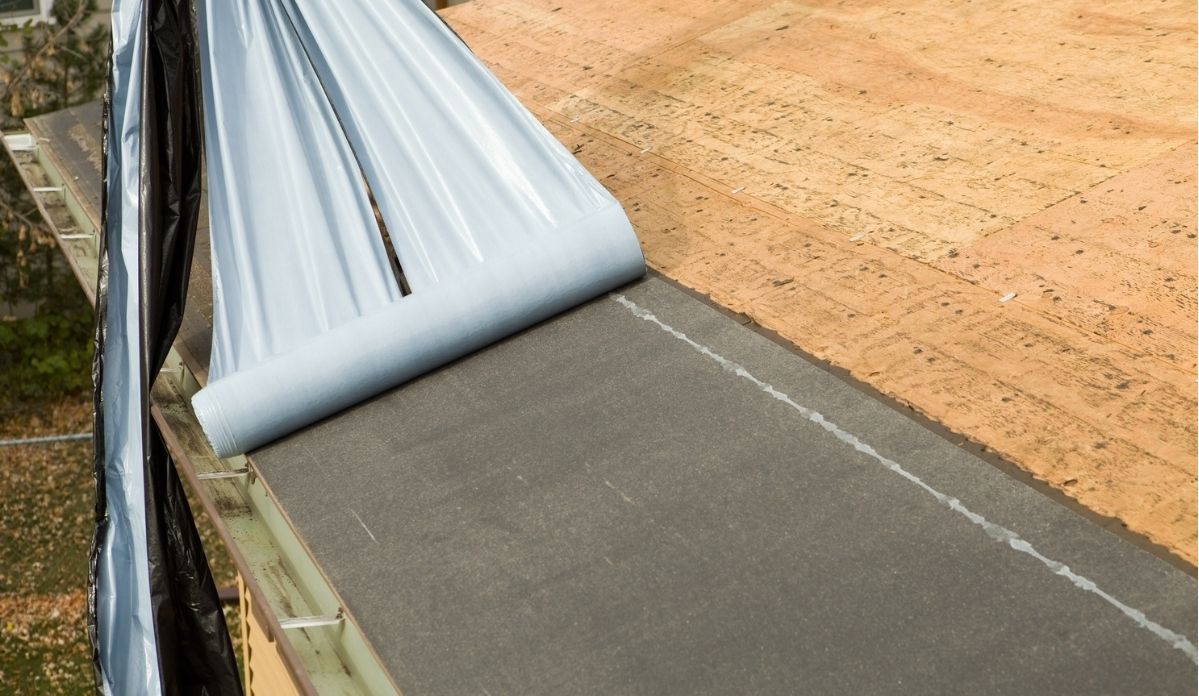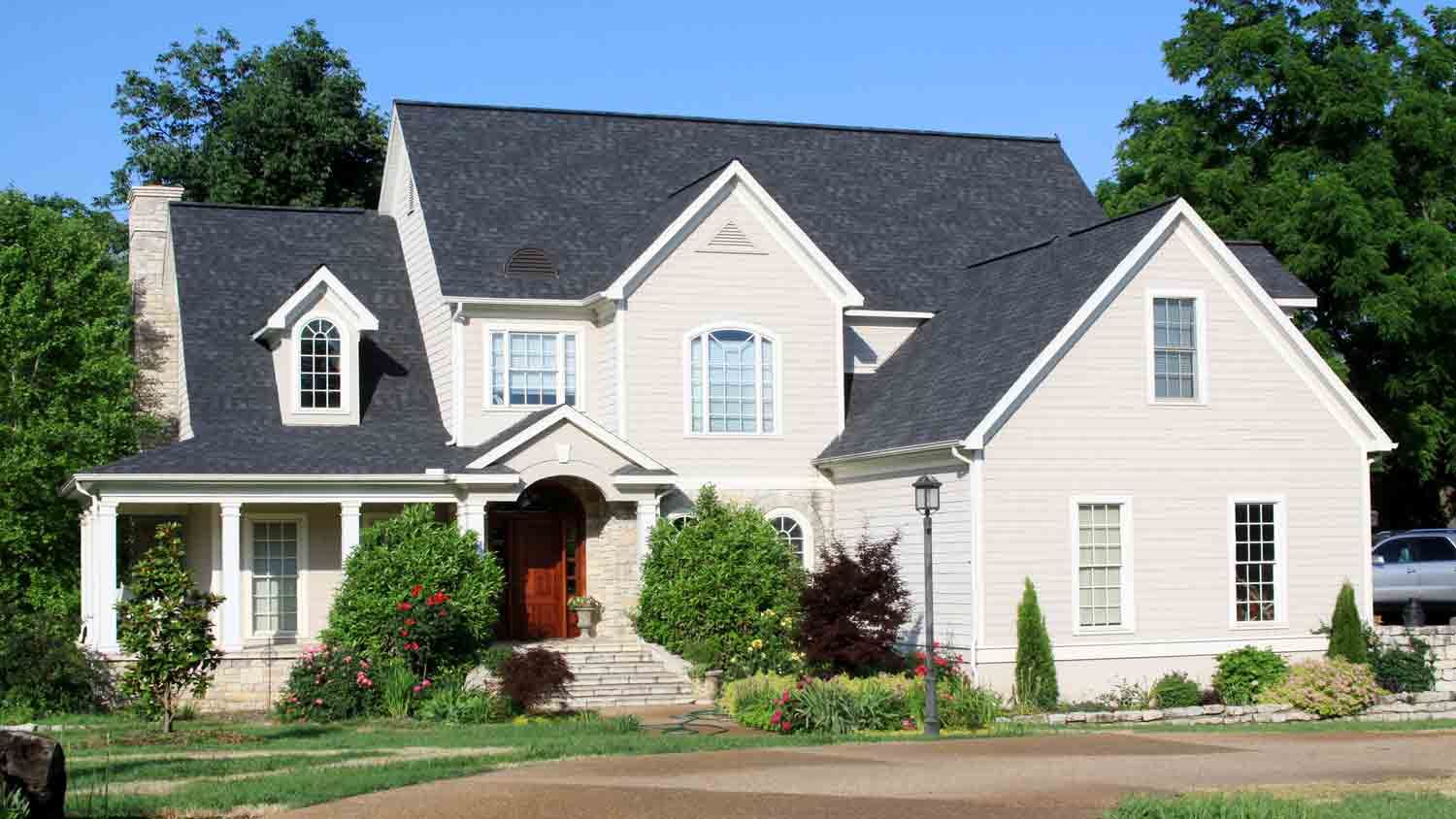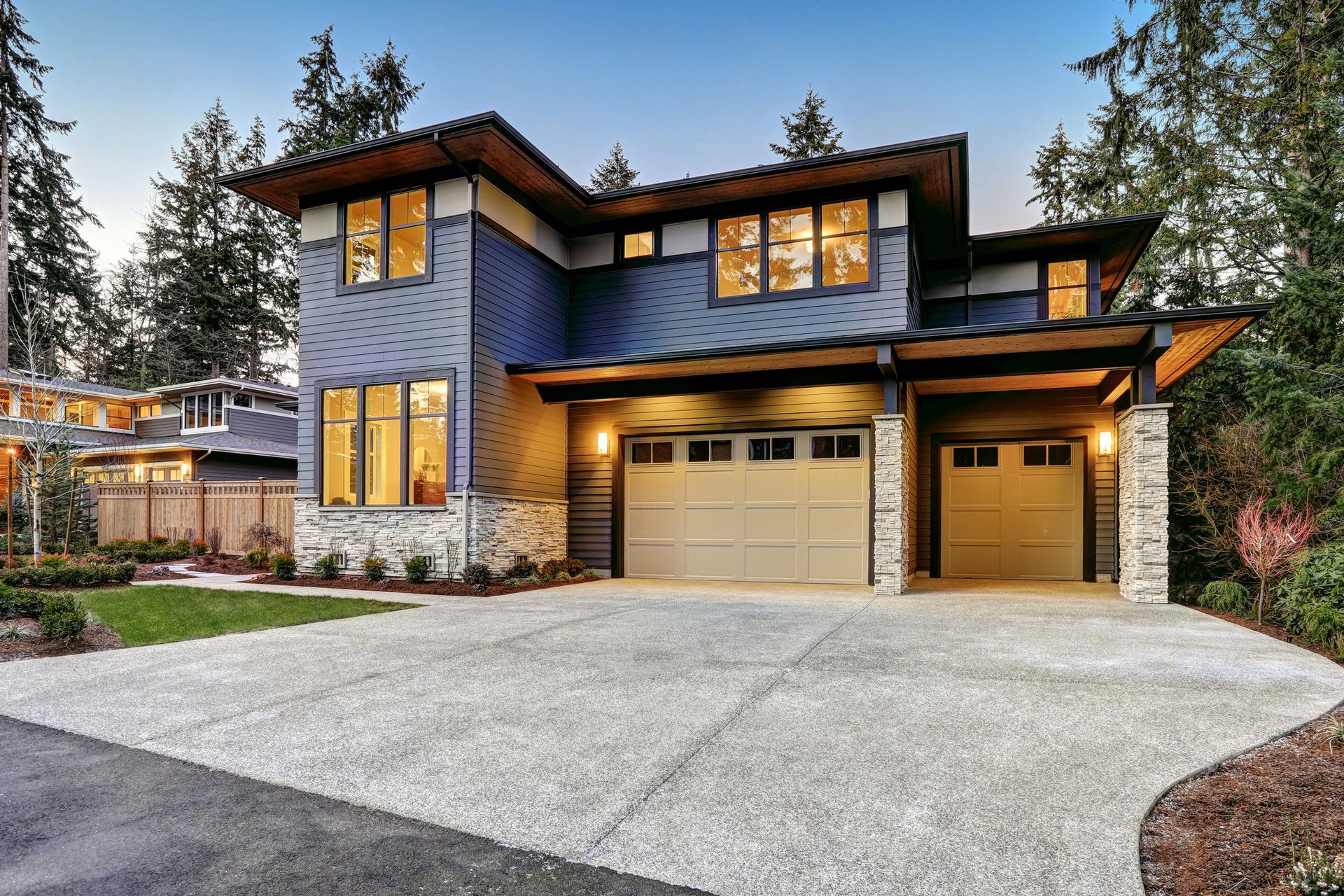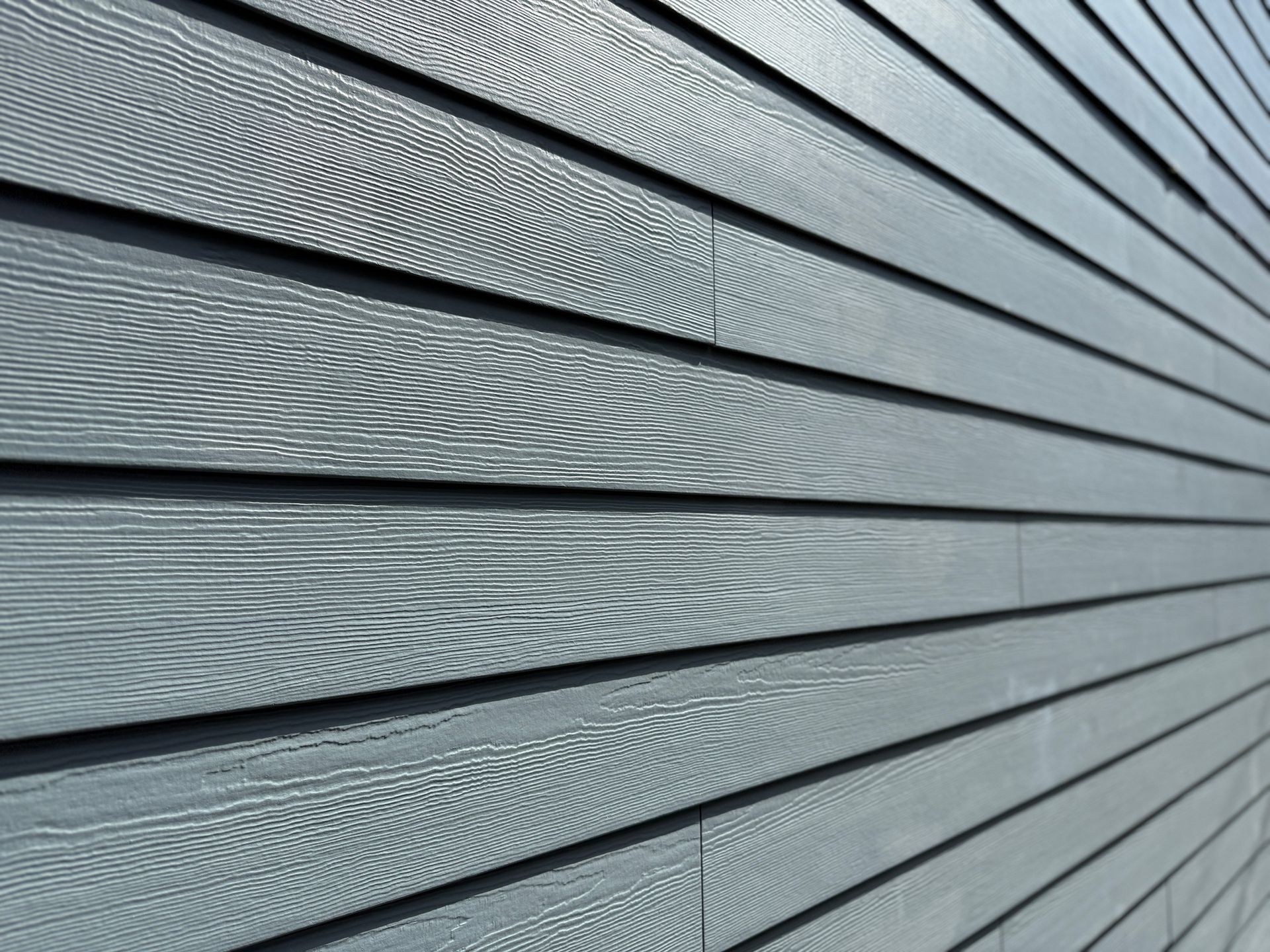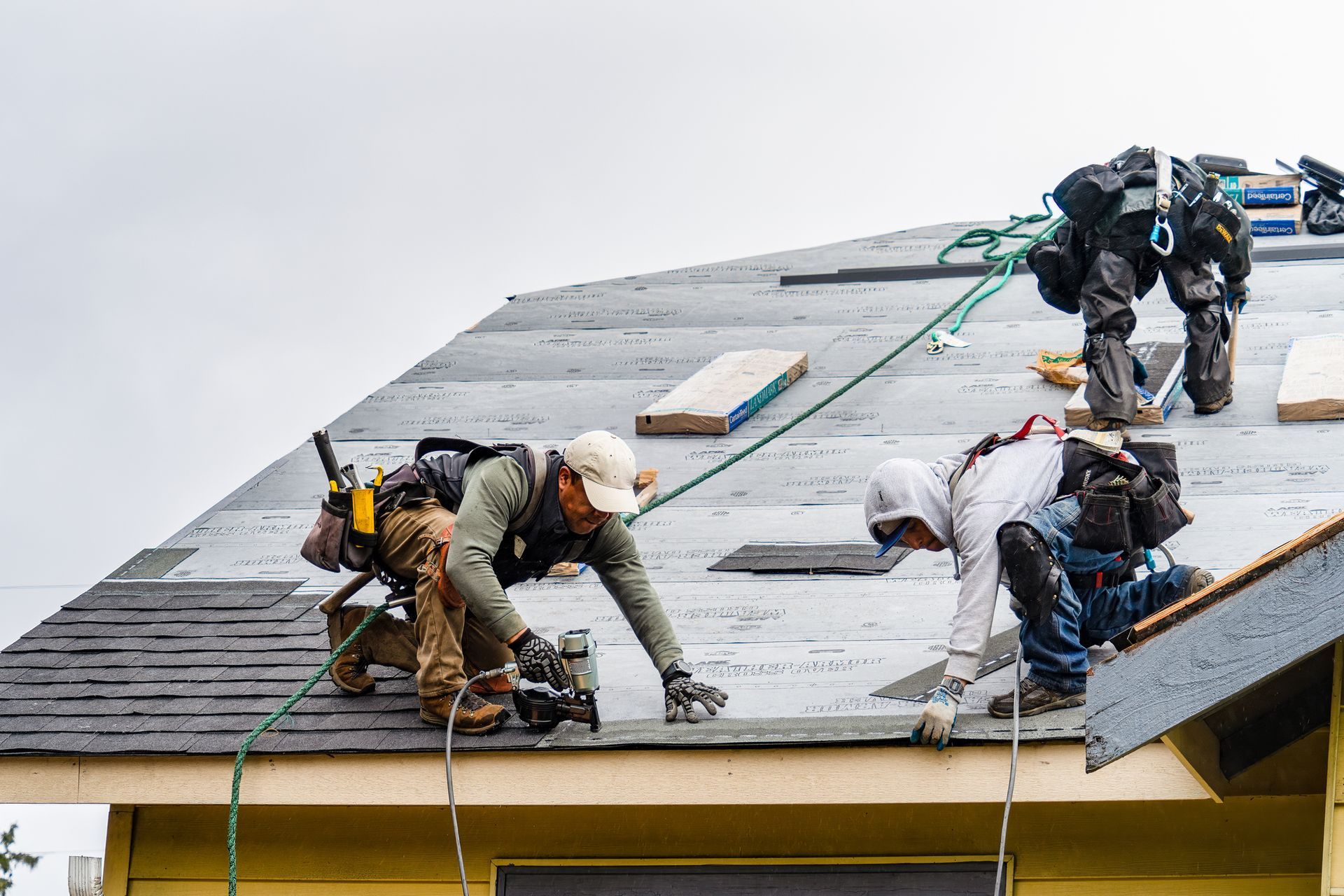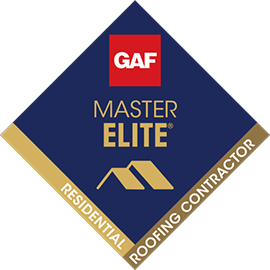What Makes Up Your Roof: A Guide To The Components Of A Roof
1. Decking (Sheathing): The Foundation
This is the flat surface your entire roofing system sits on — typically made from OSB, plywood, or strips of wood (strip decking)
Why it matters:
If the decking is rotted, soft, or improperly fastened, the rest of your roof can’t do its job.
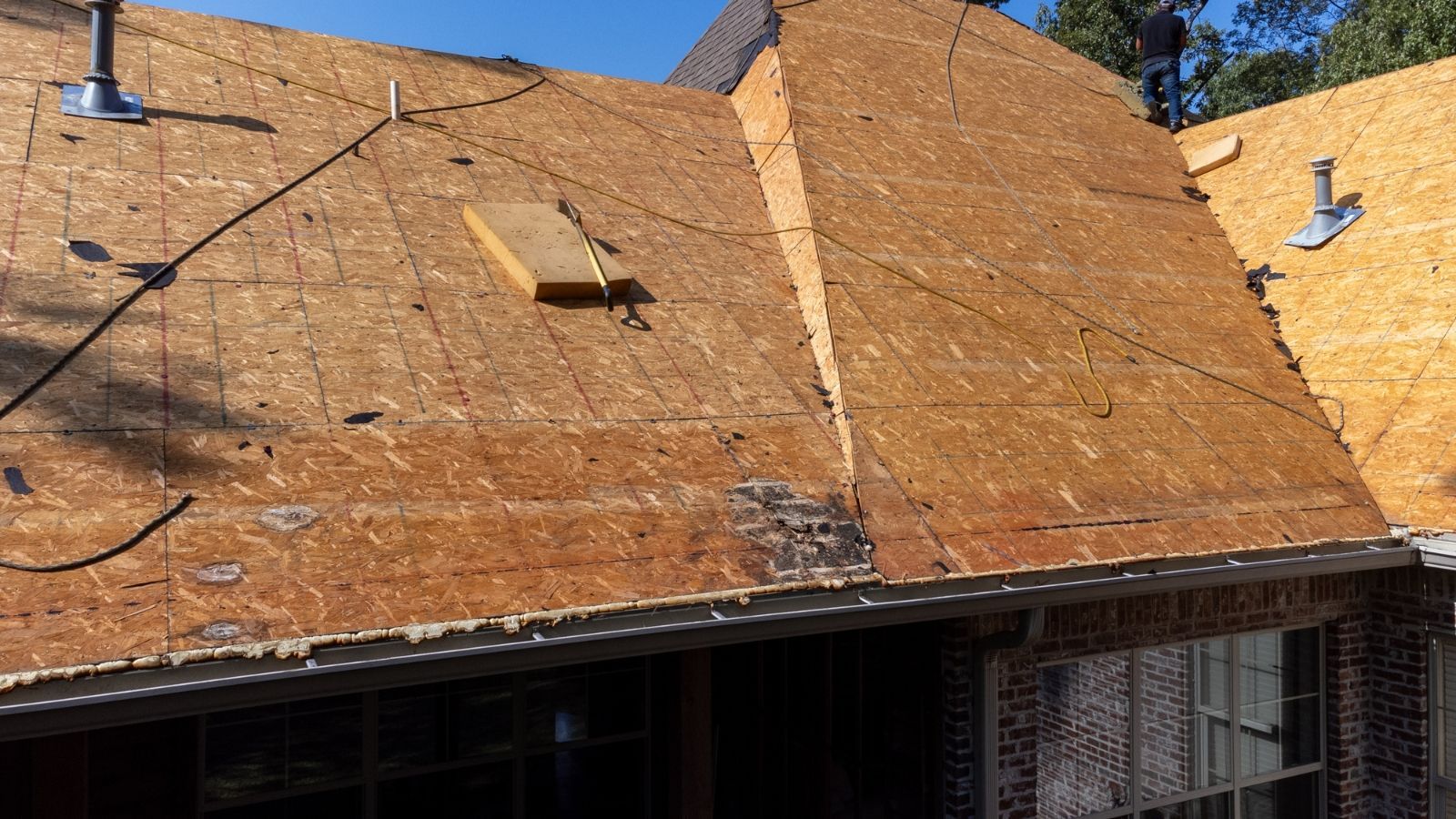
2. Underlayment: The Hidden Protector
This waterproof or water-resistant barrier sits between your shingles and the decking.
Your options:
- Felt paper (old-school, cheap, not very durable)
- Synthetic underlayment (stronger, lighter, and safer on steep roofs)
Why choose synthetic:
It resists tearing, repels water better, and holds up longer — especially during Georgia’s summer storms.
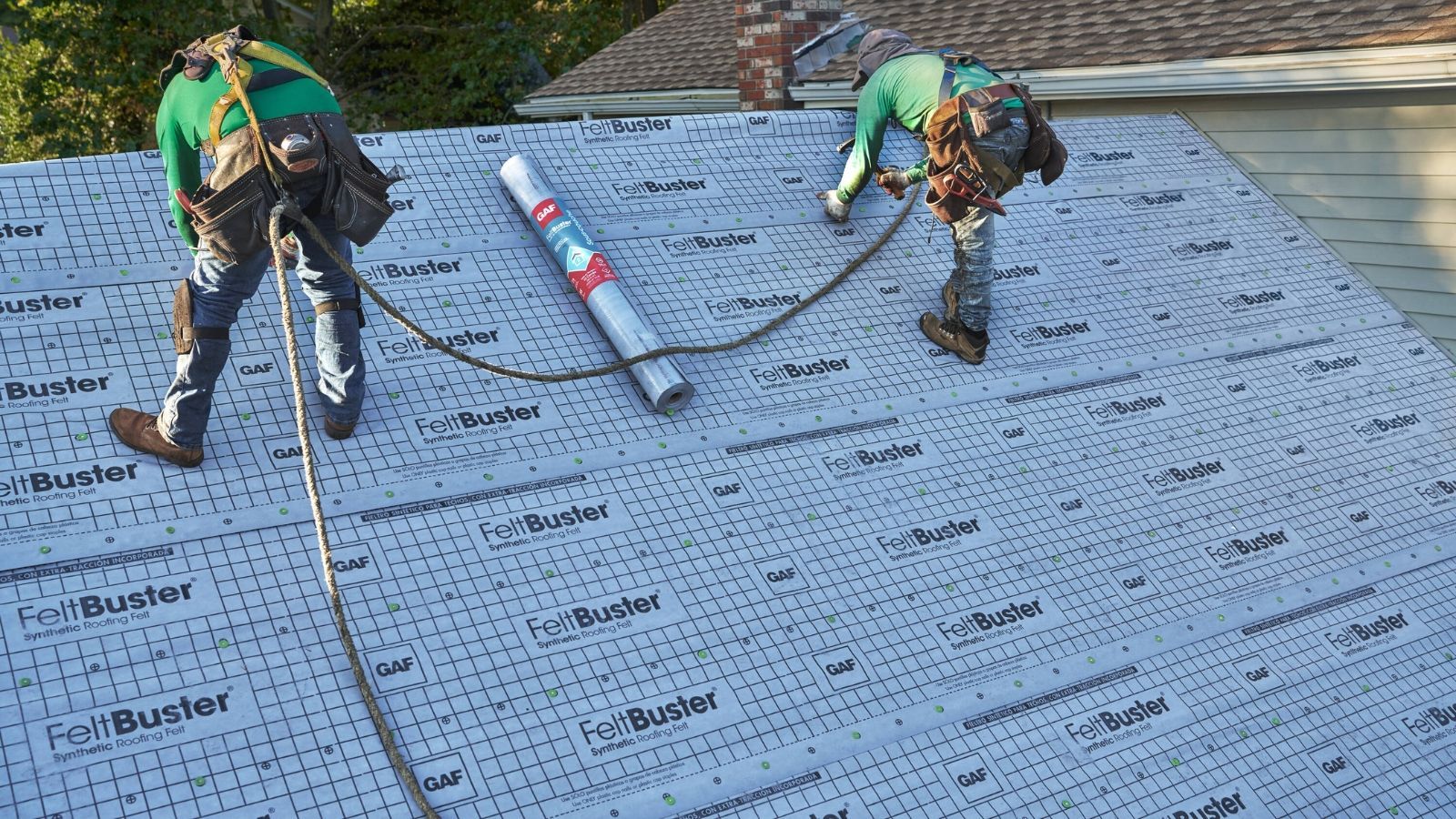
3. Drip Edge: Guarding the Perimeter
A metal flashing installed at the edges of the roof, drip edge prevents water from curling under your shingles and into the fascia.
Why it matters:
It’s cheap to install but often skipped by “budget” roofers. It is also required by code in many areas
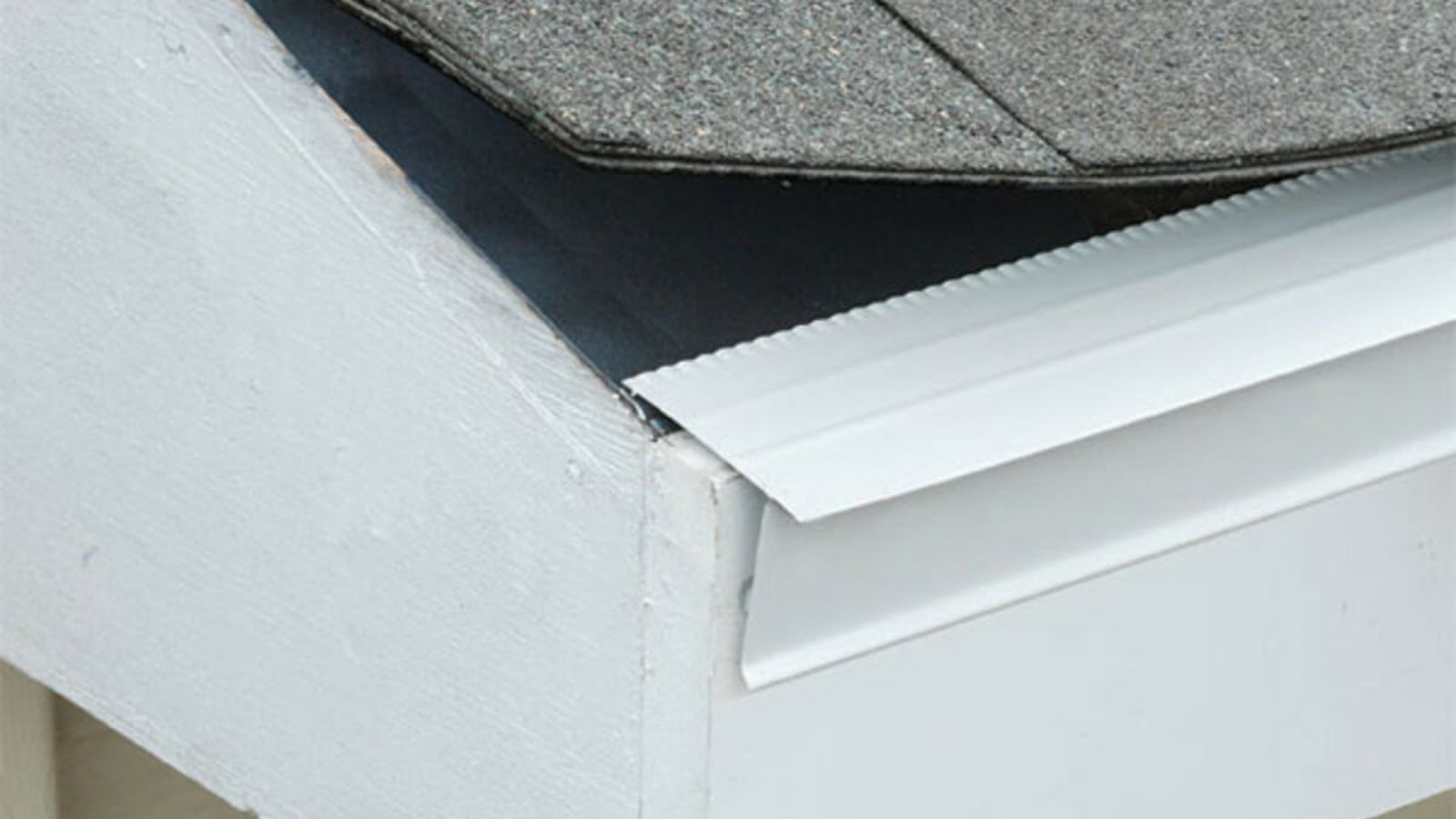
4. Ice & Water Shield: Targeted Leak Protection
This self-sealing membrane is placed in vulnerable areas like valleys, around chimneys, and near roof edges.
Why it matters:
This is your defense against wind-driven rain and backed-up gutters. One valley leak can cause thousands in repairs.
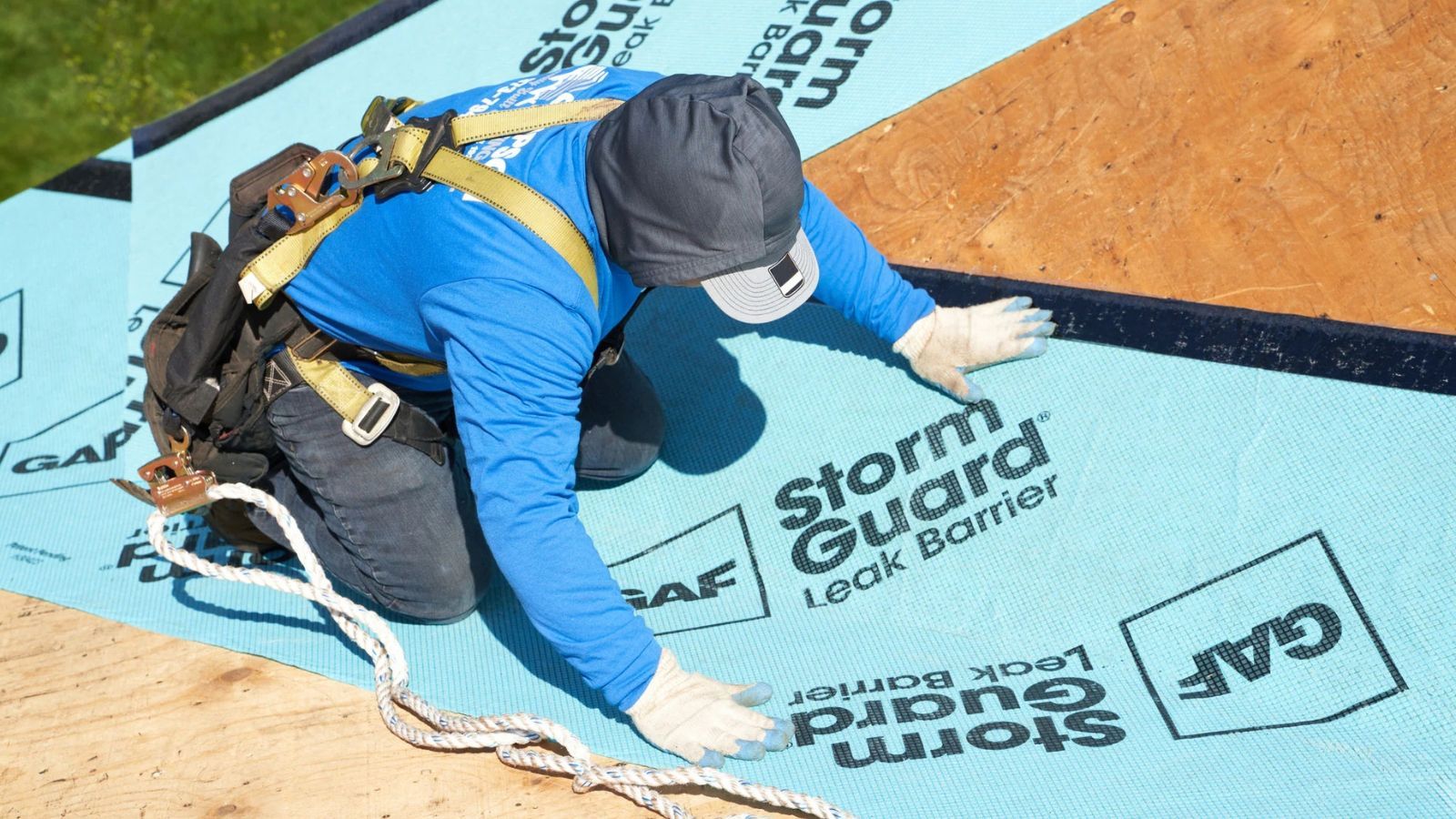
5. Flashing: Leak Prevention Where Materials Meet
Used around chimneys, vents, skylights, and walls, flashing directs water away from transitions and penetrations.
What we do differently:
We custom-bend flashing on site when needed and never reuse old flashing — even if “it looks fine.”
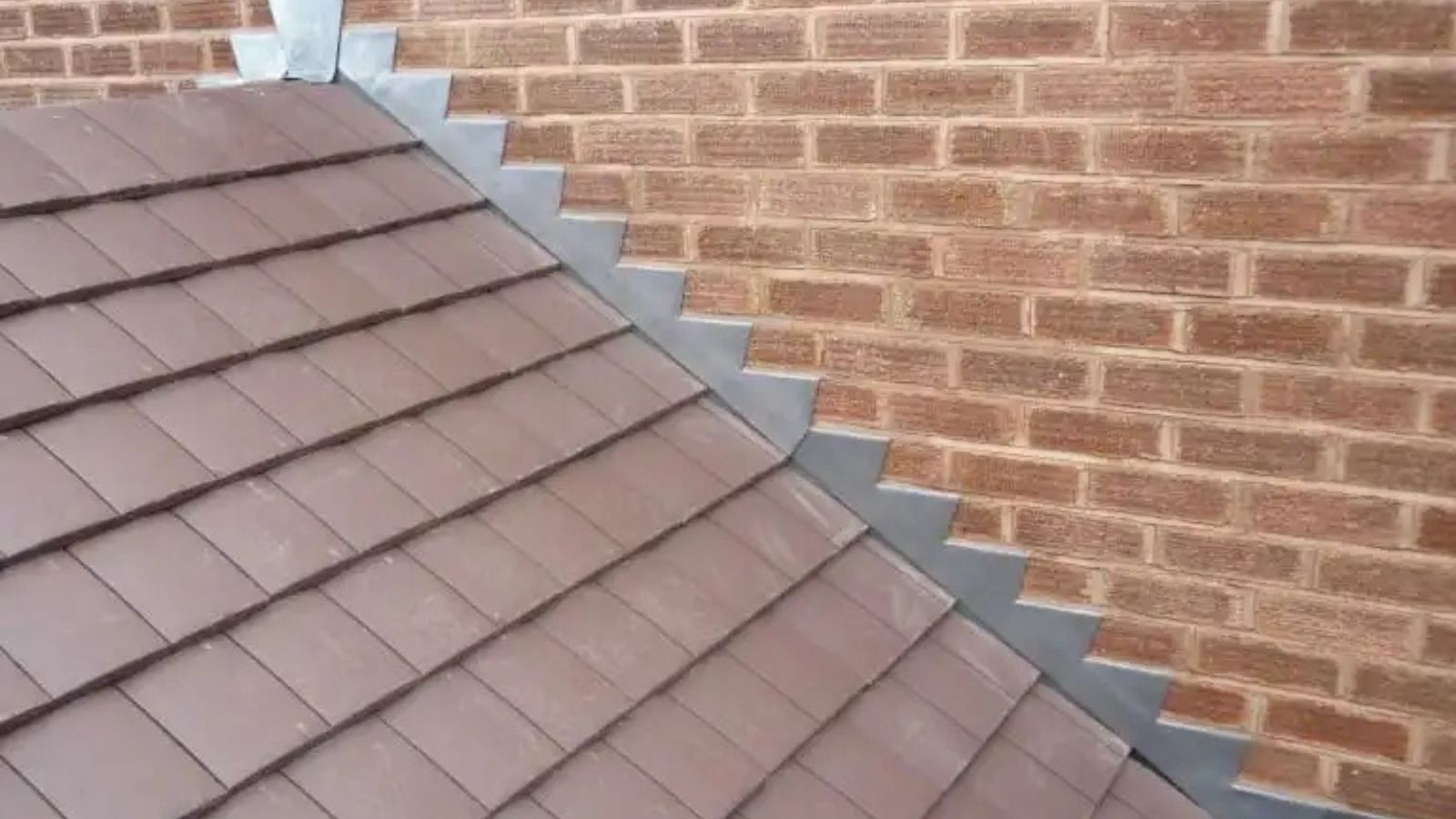
6. Starter Shingles: The First Line of Shingle Defense
These pre-cut shingles go at the eaves and rakes to prevent shingle blow-off and water infiltration.
Why it matters:
If you don’t use starters, the wind can lift and tear your first course of shingles. That’s a costly mistake.
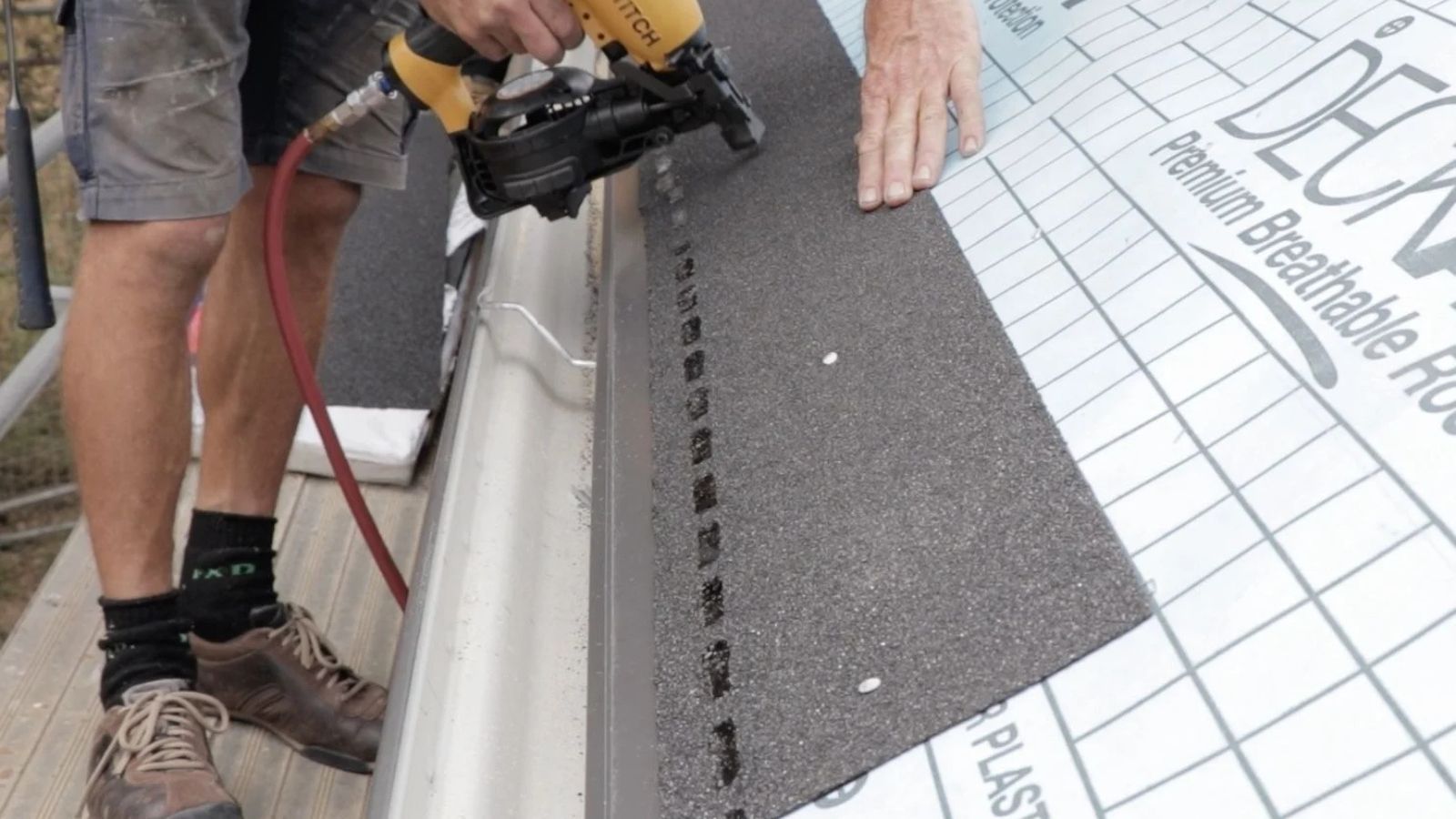
7. Shingles: The Visible Armor
This is what you see from the street — and it’s where many contractors start (but shouldn’t).
We use:
Architectural asphalt shingles from brands like GAF, Atlas, or Owens Corning, depending on the job.
Why:
They’re impact-resistant, wind-rated, and covered by rock-solid warranties when properly installed.
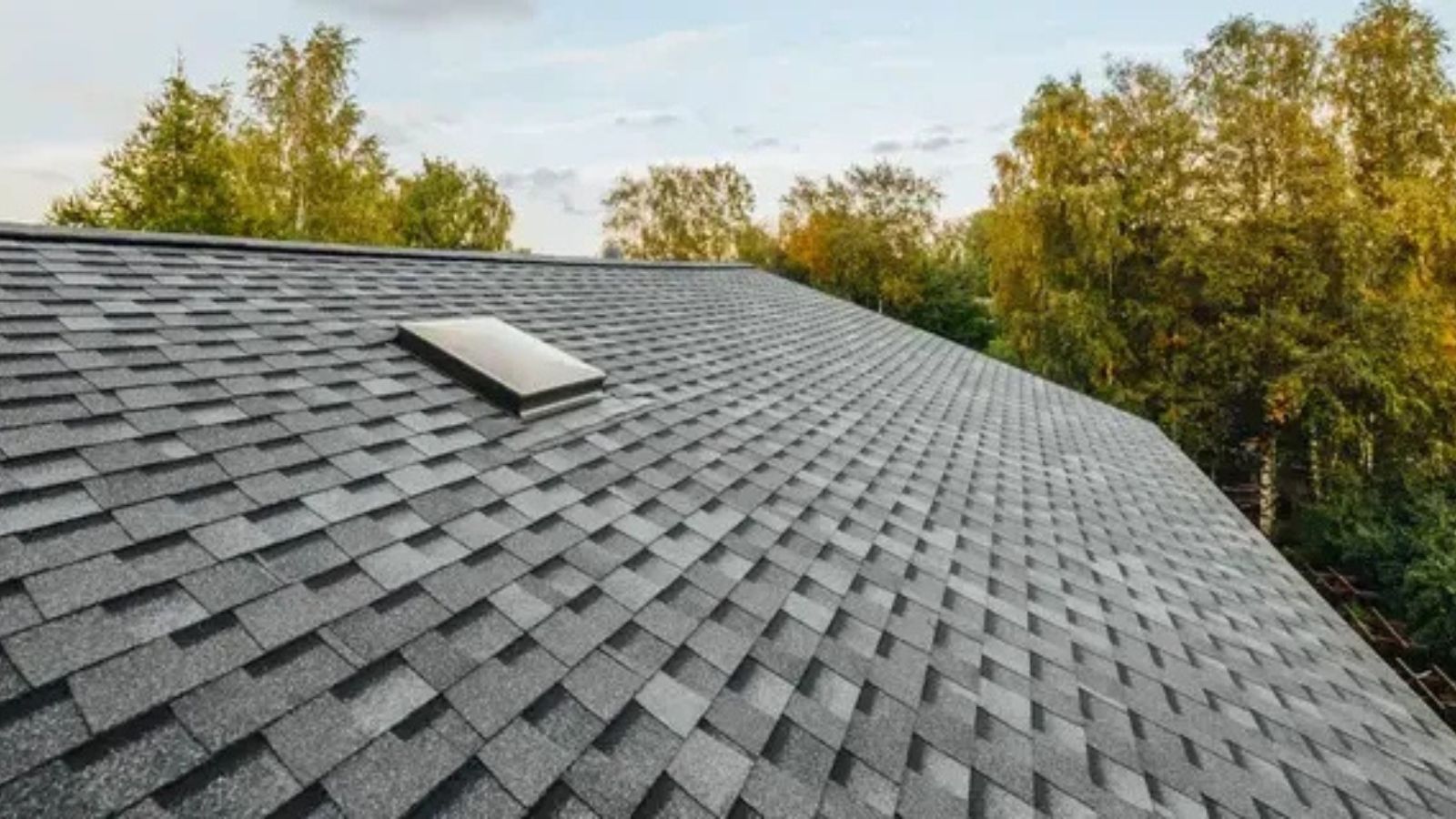
8. Ridge Cap Shingles: The Finishing Touch
Installed along the hips and ridges of the roof, these cap shingles seal your roof’s highest point, cover ridge vents and help shed water cleanly.
Don’t settle for cut 3-tab shingles. We use manufacturer-designed ridge caps for a clean, durable finish.
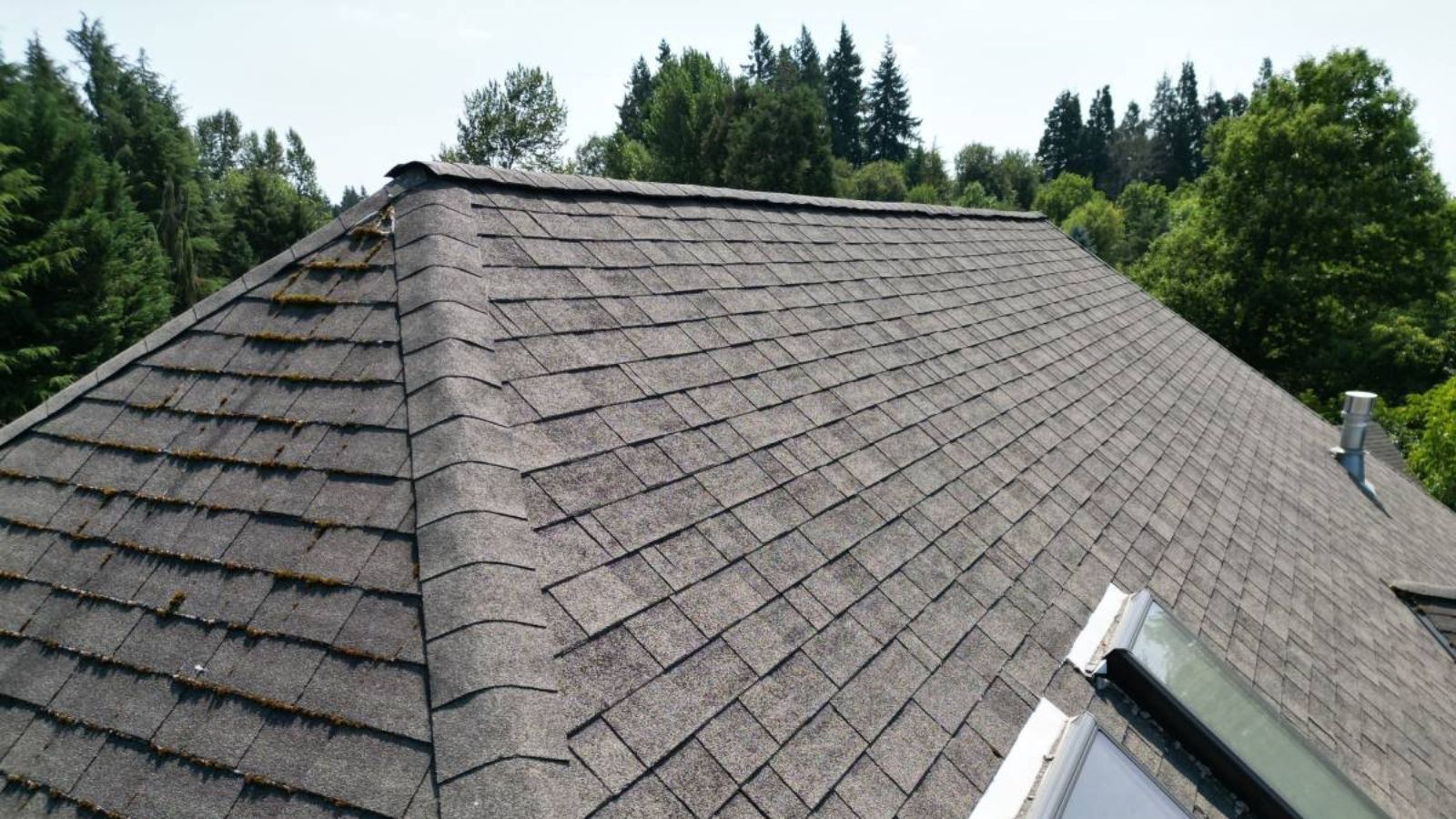
9. Ventilation: Letting Your Roof Breathe
A balanced system of intake (soffit vents) and exhaust (ridge or box vents) is crucial to prevent moisture buildup and reduce heat damage.
Why it matters:
Improper ventilation can void your warranty and cut your roof’s life in half.
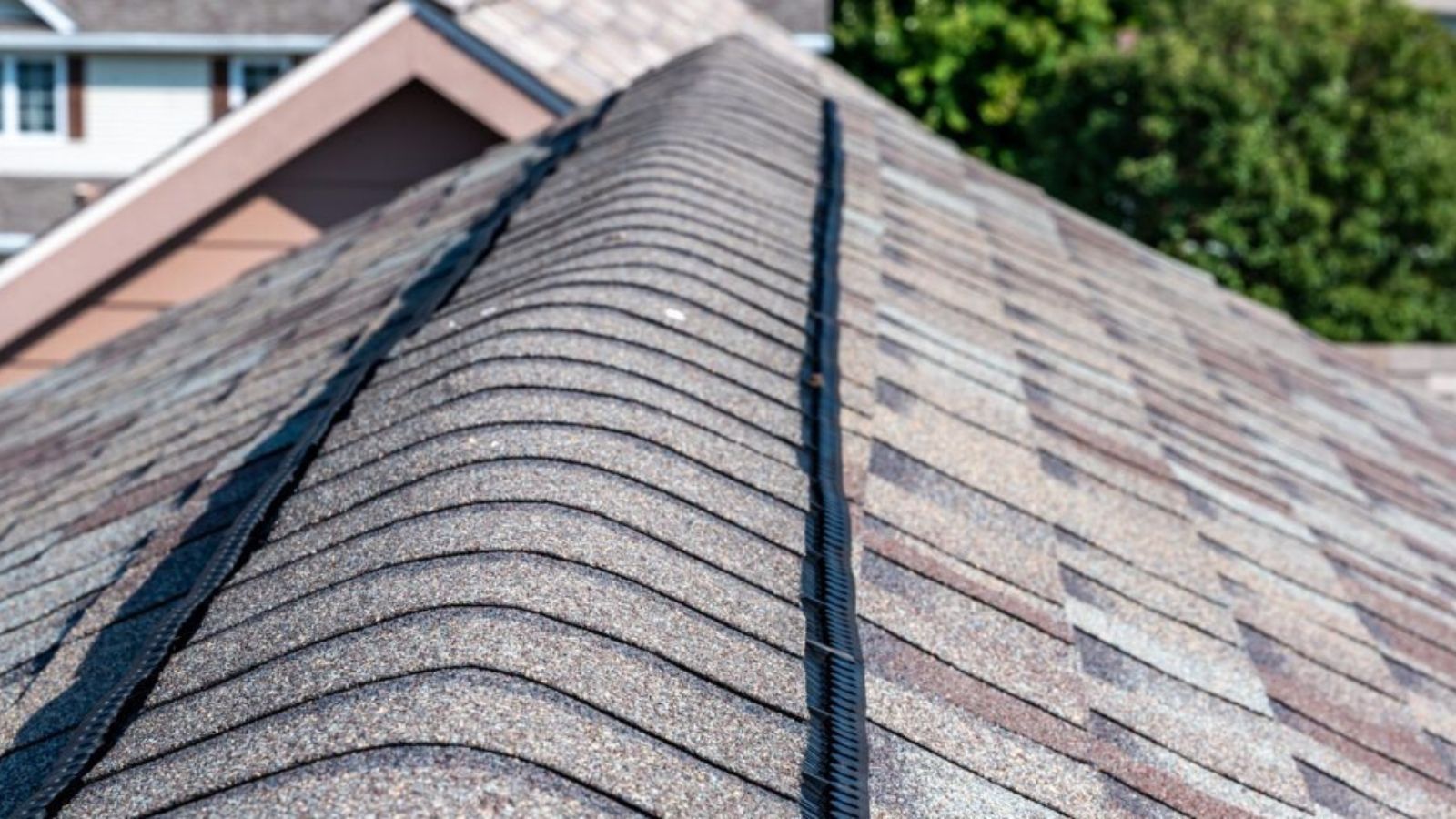
Conclusion
When you get an estimate from Matt’s Exteriors, we don’t just count squares and slap on shingles. We build roofing systems that are engineered to last — with every detail backed by product knowledge, installation best practices, and experience.
If your roof is older, leaking, or simply due for an honest inspection, get in touch with our team today. We’ll show you exactly what’s going on — and exactly what it will take to fix it the right way.
FAQ (Frequently Asked Questions)
Q: How do I know if my roof decking needs to be replaced?
A: During our inspection, we check for soft spots, sagging, and visible signs of rot or water damage. If we find any, we’ll show you photos and explain the replacement cost upfront.
Q: Do I really need Ice & Water Shield in Georgia?
A: Yes — especially in valleys, low slopes, or near gutters. While we don’t get ice dams like northern states, wind-driven rain and heavy storms can still cause leaks in vulnerable areas.
Q: Is drip edge required by code?
A: In many jurisdictions, yes — but we install it on every job regardless of code. It helps prevent rot and protects the edges of your decking and fascia.
Q: How long does a typical roof replacement take?
A: Most jobs are completed in 1–2 days, depending on roof size, pitch, and weather. We also include full cleanup and a final walk-through before calling the job complete.
